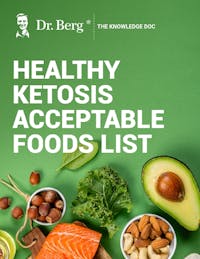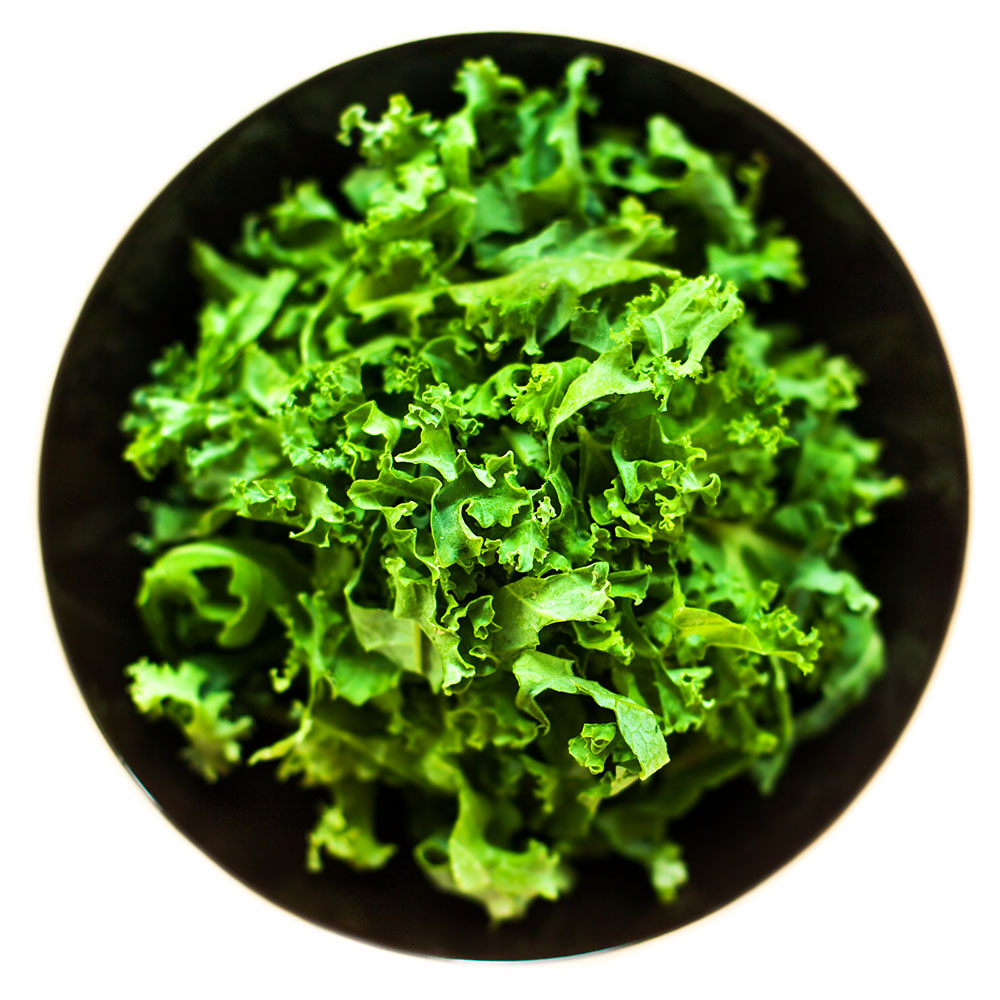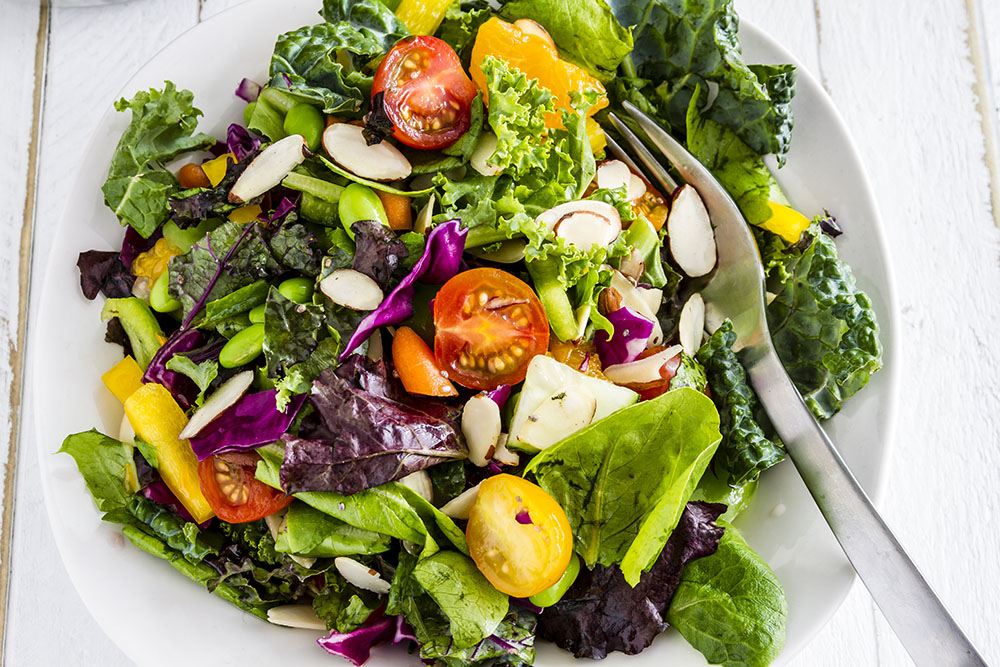The Best Green Salad

Healthy Keto Acceptable Foods List
Explore a comprehensive list of foods and beverages that align with Healthy Keto®
Identify which foods support fat-burning and metabolic health
Discover nutritious options for fats, proteins, and vegetables to support your health goals
Learn about common foods that aren’t Healthy Keto-approved

Healthy Keto Acceptable Foods List
Explore a comprehensive list of foods and beverages that align with Healthy Keto®
Identify which foods support fat-burning and metabolic health
Discover nutritious options for fats, proteins, and vegetables to support your health goals
Learn about common foods that aren’t Healthy Keto-approved

Healthy Keto Acceptable Foods List
Explore a comprehensive list of foods and beverages that align with Healthy Keto®
Identify which foods support fat-burning and metabolic health
Discover nutritious options for fats, proteins, and vegetables to support your health goals
Learn about common foods that aren’t Healthy Keto-approved

Healthy Keto Acceptable Foods List
Explore a comprehensive list of foods and beverages that align with Healthy Keto®
Identify which foods support fat-burning and metabolic health
Discover nutritious options for fats, proteins, and vegetables to support your health goals
Learn about common foods that aren’t Healthy Keto-approved

Healthy Keto Acceptable Foods List
Explore a comprehensive list of foods and beverages that align with Healthy Keto®
Identify which foods support fat-burning and metabolic health
Discover nutritious options for fats, proteins, and vegetables to support your health goals
Learn about common foods that aren’t Healthy Keto-approved

Healthy Keto Acceptable Foods List
Explore a comprehensive list of foods and beverages that align with Healthy Keto®
Identify which foods support fat-burning and metabolic health
Discover nutritious options for fats, proteins, and vegetables to support your health goals
Learn about common foods that aren’t Healthy Keto-approved

Healthy Keto Acceptable Foods List
Explore a comprehensive list of foods and beverages that align with Healthy Keto®
Identify which foods support fat-burning and metabolic health
Discover nutritious options for fats, proteins, and vegetables to support your health goals
Learn about common foods that aren’t Healthy Keto-approved

Healthy Keto Acceptable Foods List
Explore a comprehensive list of foods and beverages that align with Healthy Keto®
Identify which foods support fat-burning and metabolic health
Discover nutritious options for fats, proteins, and vegetables to support your health goals
Learn about common foods that aren’t Healthy Keto-approved

Healthy Keto Acceptable Foods List
Explore a comprehensive list of foods and beverages that align with Healthy Keto®
Identify which foods support fat-burning and metabolic health
Discover nutritious options for fats, proteins, and vegetables to support your health goals
Learn about common foods that aren’t Healthy Keto-approved

Healthy Keto Acceptable Foods List
Explore a comprehensive list of foods and beverages that align with Healthy Keto®
Identify which foods support fat-burning and metabolic health
Discover nutritious options for fats, proteins, and vegetables to support your health goals
Learn about common foods that aren’t Healthy Keto-approved

Healthy Keto Acceptable Foods List
Explore a comprehensive list of foods and beverages that align with Healthy Keto®
Identify which foods support fat-burning and metabolic health
Discover nutritious options for fats, proteins, and vegetables to support your health goals
Learn about common foods that aren’t Healthy Keto-approved

Healthy Keto Acceptable Foods List
Explore a comprehensive list of foods and beverages that align with Healthy Keto®
Identify which foods support fat-burning and metabolic health
Discover nutritious options for fats, proteins, and vegetables to support your health goals
Learn about common foods that aren’t Healthy Keto-approved

Healthy Keto Acceptable Foods List
Explore a comprehensive list of foods and beverages that align with Healthy Keto®
Identify which foods support fat-burning and metabolic health
Discover nutritious options for fats, proteins, and vegetables to support your health goals
Learn about common foods that aren’t Healthy Keto-approved

Healthy Keto Acceptable Foods List
Explore a comprehensive list of foods and beverages that align with Healthy Keto®
Identify which foods support fat-burning and metabolic health
Discover nutritious options for fats, proteins, and vegetables to support your health goals
Learn about common foods that aren’t Healthy Keto-approved

Healthy Keto Acceptable Foods List
Explore a comprehensive list of foods and beverages that align with Healthy Keto®
Identify which foods support fat-burning and metabolic health
Discover nutritious options for fats, proteins, and vegetables to support your health goals
Learn about common foods that aren’t Healthy Keto-approved

Healthy Keto Acceptable Foods List
Explore a comprehensive list of foods and beverages that align with Healthy Keto®
Identify which foods support fat-burning and metabolic health
Discover nutritious options for fats, proteins, and vegetables to support your health goals
Learn about common foods that aren’t Healthy Keto-approved

Healthy Keto Acceptable Foods List
Explore a comprehensive list of foods and beverages that align with Healthy Keto®
Identify which foods support fat-burning and metabolic health
Discover nutritious options for fats, proteins, and vegetables to support your health goals
Learn about common foods that aren’t Healthy Keto-approved

Healthy Keto Acceptable Foods List
Explore a comprehensive list of foods and beverages that align with Healthy Keto®
Identify which foods support fat-burning and metabolic health
Discover nutritious options for fats, proteins, and vegetables to support your health goals
Learn about common foods that aren’t Healthy Keto-approved

Healthy Keto Acceptable Foods List
Explore a comprehensive list of foods and beverages that align with Healthy Keto®
Identify which foods support fat-burning and metabolic health
Discover nutritious options for fats, proteins, and vegetables to support your health goals
Learn about common foods that aren’t Healthy Keto-approved

Healthy Keto Acceptable Foods List
Explore a comprehensive list of foods and beverages that align with Healthy Keto®
Identify which foods support fat-burning and metabolic health
Discover nutritious options for fats, proteins, and vegetables to support your health goals
Learn about common foods that aren’t Healthy Keto-approved

Healthy Keto Acceptable Foods List
Explore a comprehensive list of foods and beverages that align with Healthy Keto®
Identify which foods support fat-burning and metabolic health
Discover nutritious options for fats, proteins, and vegetables to support your health goals
Learn about common foods that aren’t Healthy Keto-approved

Healthy Keto Acceptable Foods List
Explore a comprehensive list of foods and beverages that align with Healthy Keto®
Identify which foods support fat-burning and metabolic health
Discover nutritious options for fats, proteins, and vegetables to support your health goals
Learn about common foods that aren’t Healthy Keto-approved

Healthy Keto Acceptable Foods List
Explore a comprehensive list of foods and beverages that align with Healthy Keto®
Identify which foods support fat-burning and metabolic health
Discover nutritious options for fats, proteins, and vegetables to support your health goals
Learn about common foods that aren’t Healthy Keto-approved

Healthy Keto Acceptable Foods List
Explore a comprehensive list of foods and beverages that align with Healthy Keto®
Identify which foods support fat-burning and metabolic health
Discover nutritious options for fats, proteins, and vegetables to support your health goals
Learn about common foods that aren’t Healthy Keto-approved

Healthy Keto Acceptable Foods List
Explore a comprehensive list of foods and beverages that align with Healthy Keto®
Identify which foods support fat-burning and metabolic health
Discover nutritious options for fats, proteins, and vegetables to support your health goals
Learn about common foods that aren’t Healthy Keto-approved
The average American eats 145 pounds of sugar in a year. And they eat only 33 pounds of lettuce per year. We need to start increasing the amount of greens and vegetables we eat every single day. But what is the best green salad to eat?
In this article, I go over some of the most common salad greens and share with you which are packed with the most healthy nutrients.
I will cover:
What are the best salad greens?
When you go to the grocery store or even to the farmer's market, there are a lot of salad greens and salad mixtures to choose from. So I'm going to go through some of the most common choices, the benefits of certain types of greens, and how many nutrients are in each.
The table below shows the levels of various nutrients in common greens. The boxes highlighted in yellow show the winner for each category.
Salad Green | Vitamin K | Vitamin A | Vitamin C | Folate | Potassium | Phosphorous |
|---|---|---|---|---|---|---|
Romaine lettuce | 53 mg | 204 mg | 2.4 mg | 60 mg | 115 mg | 14 mg |
Green lettuce | 62 mg | 2665 mg | 6.5 mg | 14 mg | 70 mg | 10 mg |
Cabbage | 67 mg | 87 mg | 33 mg | 38 mg | 151 mg | 23 mg |
Spinach | 145 mg | 2813 mg | 8.4 mg | 58 mg | 167 mg | 14 mg |
Kale | 1062 mg | 885 mg | 53 mg | 16 mg | 296 mg | 36 mg |
So when it comes down to it, which salad green is the winner? Kale, hands down, is packed with the most nutrients.
The best green salad choices
Kale

Kale is especially high in vitamin K, which is good for clotting. With 1062 mg, it is way higher than any other green. It is also the winner in the categories of vitamin C, potassium, and phosphorous. All of these nutrients make kale a very healthy option when it comes to salad greens. I eat a kale salad every day, if not multiple times per day.
Note: if you are on Coumadin and have heart problems (and you are trying to avoid blood clots), you'll want to avoid the high levels of vitamin K in kale. Go for something like cabbage or green lettuce instead.
Spinach
Spinach has the most vitamin A of all the greens, which is great for the eyes. It also has the second most folate. As far as leafy greens go, I consider spinach to be an excellent runner up to kale. And spinach salads can be really tasty and are super versatile.
Cabbage
Cabbage is second highest when it comes to vitamin C (that's why sauerkraut is one of the foods highest in vitamin C on the planet). If you are trying to avoid the high vitamin K in kale, cabbage is a great replacement. You can mix it up with cabbage too, instead of eating the same green salad every night. Chop up some cabbage and add some sliced tomatoes and bell peppers for a healthy coleslaw, for example.
Romaine lettuce
Romaine lettuce is loaded with folate, winning first place in that category. It's got a great crunchy texture and is a classic in things like Caesar salad. The other greens listed above, like kale, spinach, and cabbage, are high in most nutrients, but romaine can be a nice choice to mix into the diet.
Green lettuce
Green lettuce doesn't top the charts with any of the nutrients. Things like kale and spinach are much more nutrient-dense and are better superfoods. But green lettuce does come in second place for vitamin A levels. I don't recommend eating only green lettuce, but it can still be a healthy choice.
Overall, kale is the clear winner here. Spinach and cabbage are other favorites of mine, with romaine and green lettuce good for occasional eating. You can also do mixed greens, using a little of various different veggie types to create a salad blend of our own.
Now that you know the best salad base to choose, what about what goes on top?
What is the healthiest green salad dressing?
The health of a salad can be totally undermined by what you put on top. And when it comes to salad dressings, things can get unhealthy really easily.
Ideally, you want simple ingredients based around oil and vinegar with some nice flavors.
Unfortunately, many store-bought dressings are full of added ingredients, sugars, and additives. In this video, I go over the problems you can run into when trying to find a good dressing. Read labels on dressings before buying. Stay away from brands that have high sugars or that use soy, corn, or canola oil. Choose those that use olive oil, sunflower, or safflower oil instead.
Or better yet, make your own.
My favorite option is just to whip up homemade dressings and to find salad recipes that get you excited to eat your greens.
Here are some of my favorite homemade dressing and vinaigrette recipes. Most are based on olive oil, a very healthy fat choice.
The best green salad recipes
These salad recipes are some of my favorites. I love salads because they can be so versatile, and you can include so many different toppings. Chop veggies, slice up some proteins or toss on things like pecans or sunflower seeds.
If you are looking for a little inspiration, here are a few great recipes to try:

The bottom line
Most of us don't consume nearly enough vegetables in our diets. Making a big salad every day (or perhaps even two per day!) is a great way to get more nutrients and be healthier with your diet.
When it comes to greens, kale is the clear winner, followed by spinach and cabbage, and then green or romaine lettuce.
And eating salads is a great way to get your 7-10 cups of vegetables per day that I recommend. Curious what 7-10 cups of salads actually looks like? Then check out this video.
To get started eating more salads, just fill a large bowl with greens, chop or slice some bite-sized veggies, and put some extra-virgin olive oil and vinegar on top. Whether you like cucumbers or tomatoes, lemon juice or balsamic vinegar, you can make your salad your way so that it's something you crave.
What are your favorite salad greens? Share your thoughts in the comments below.
Up Next:
Previous blog
How to Lose Weight with an Extremely Slow ThyroidNext blog
Losing Inches but No Weight LossTags

Popular
08/21/2024
55.7K views
02/23/2025
46.8K views
11/18/2024
281.1K views
03/18/2024
11/21/2022




